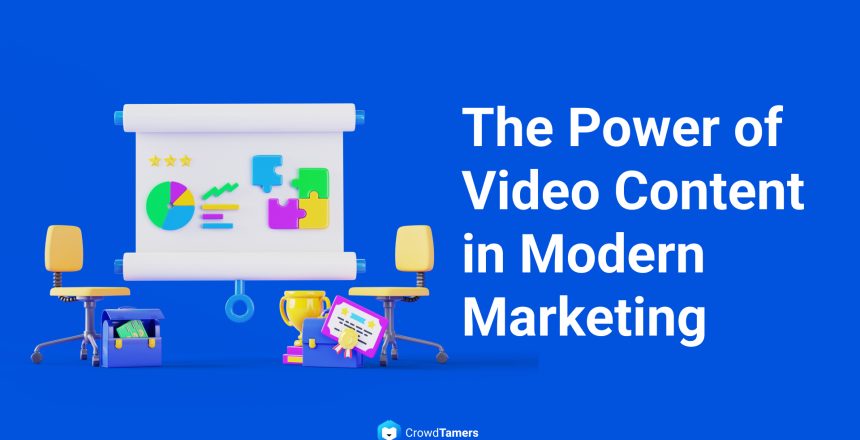Video content has emerged as a dominant force in the marketing landscape of 2025. Its power lies not just in its ability to convey information quickly, but in its capacity to engage audiences on a human level.
In this article, I’ll delve into why video content is crucial, how platforms like YouTube and LinkedIn can amplify your message, and how you can leverage these tools effectively—even on a budget.
Video Dominance in 2025
In 2025, video content reigns supreme. The reason? It’s human-centric.
While AI is excellent for generating written content, it still struggles to replicate the nuances of human expression in video.
AI avatars, for example, often appear static and unnatural. Their mouths don’t move convincingly, and they lack the dynamic presence of a human speaker.
This is why real, human-centered video content is irreplaceable. It connects with viewers on a personal level, making them more likely to engage and remember your brand.
Platform Success: YouTube and LinkedIn
Platforms like YouTube and LinkedIn are proving to be incredibly effective for video content marketing.
On LinkedIn, video content sent ahead of outbound campaigns can improve engagement by three to five times. This is because it establishes a presence in the minds of your audience before you even make your pitch.
On YouTube, Shorts are a powerful tool for building visibility. They allow you to reach a vast audience quickly, creating a pool of potential leads who are already familiar with your brand by the time you target them with more direct marketing efforts.
Creating Impactful Videos
Creating engaging video content is about more than just hitting record. It’s about telling a story and making an impact.
Start with a strong hook—something that grabs attention within the first few seconds. This could be a thought-provoking question or a surprising fact.
Keep your message clear and your visuals engaging.
Use storytelling to connect with your audience emotionally.
It’s not just about selling a product; it’s about sharing a vision and engaging with your audience authentically.
Budget Strategies for Video Marketing
You might think effective video marketing requires a hefty budget, but that’s not necessarily true. I’ve found success with a modest budget of just $400 to $800 a month. The key is smart spending.
Focus on creating high-quality content that resonates with your audience, and then use targeted ads to boost visibility.
This approach has allowed me to generate significant business—sometimes up to $20,000 a month—by building trust and establishing my brand before asking for the sale.
The Future of AI in Video
AI continues to evolve, but it’s not quite ready to replace human video creators.
Current AI-generated video content often lacks the natural fluidity and engagement of human presenters. Many AI avatars come off as stiff, and their appearances can be unsettling to viewers. While AI can be a useful tool for editing and organizing content, the human element remains essential.
Looking forward, AI will likely play a bigger role in supporting video production, but for now, human presence in video content is irreplaceable.
In conclusion, video content is a powerful tool in today’s marketing arsenal. It allows you to connect with your audience on a personal level, build trust, and enhance your brand’s visibility.
By leveraging platforms like YouTube and LinkedIn, creating engaging content, and using a strategic budget, you can maximize the impact of your video marketing efforts. The future of video content is bright, and those who harness its power stand to gain a significant advantage in the competitive landscape of 2025.



